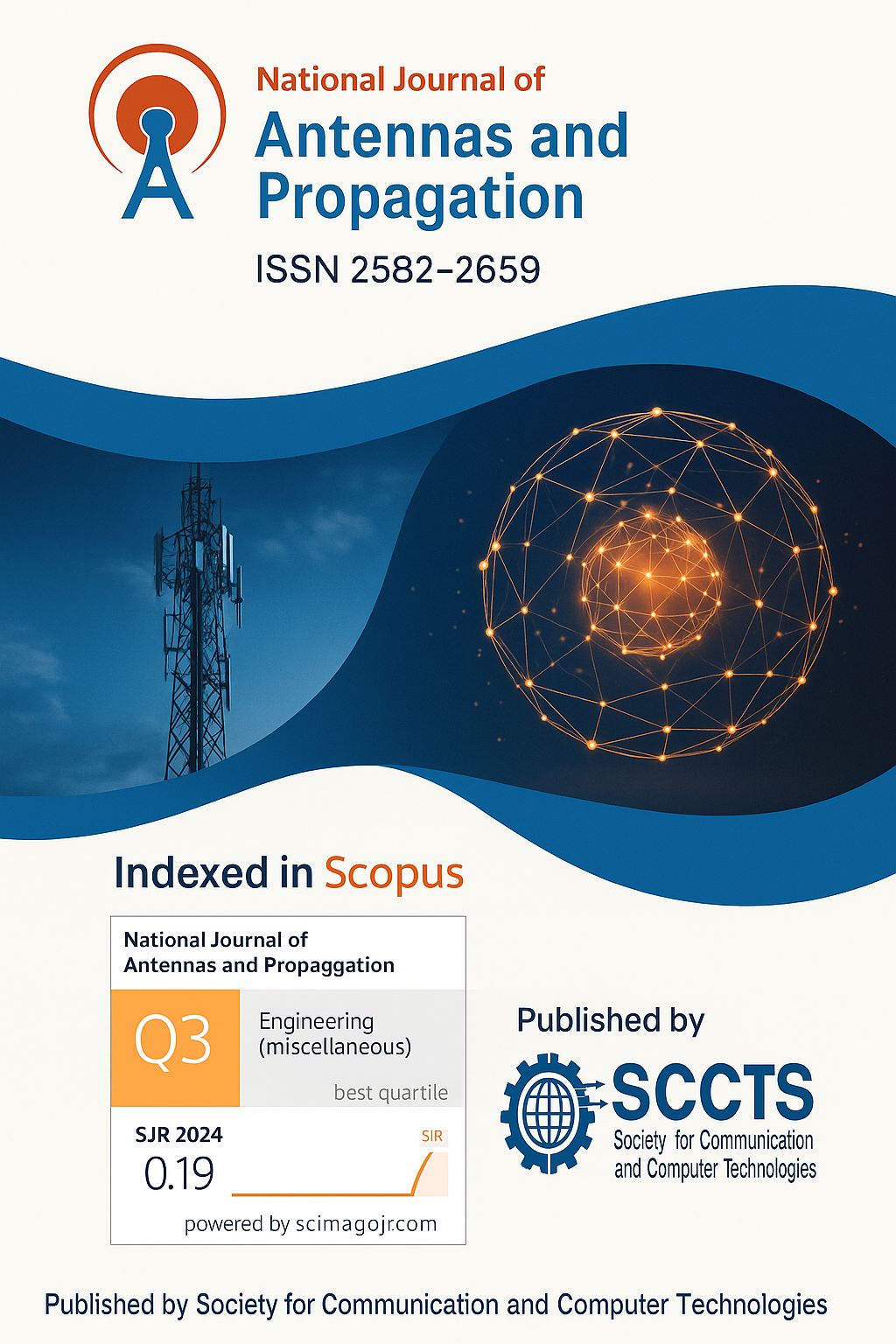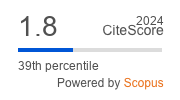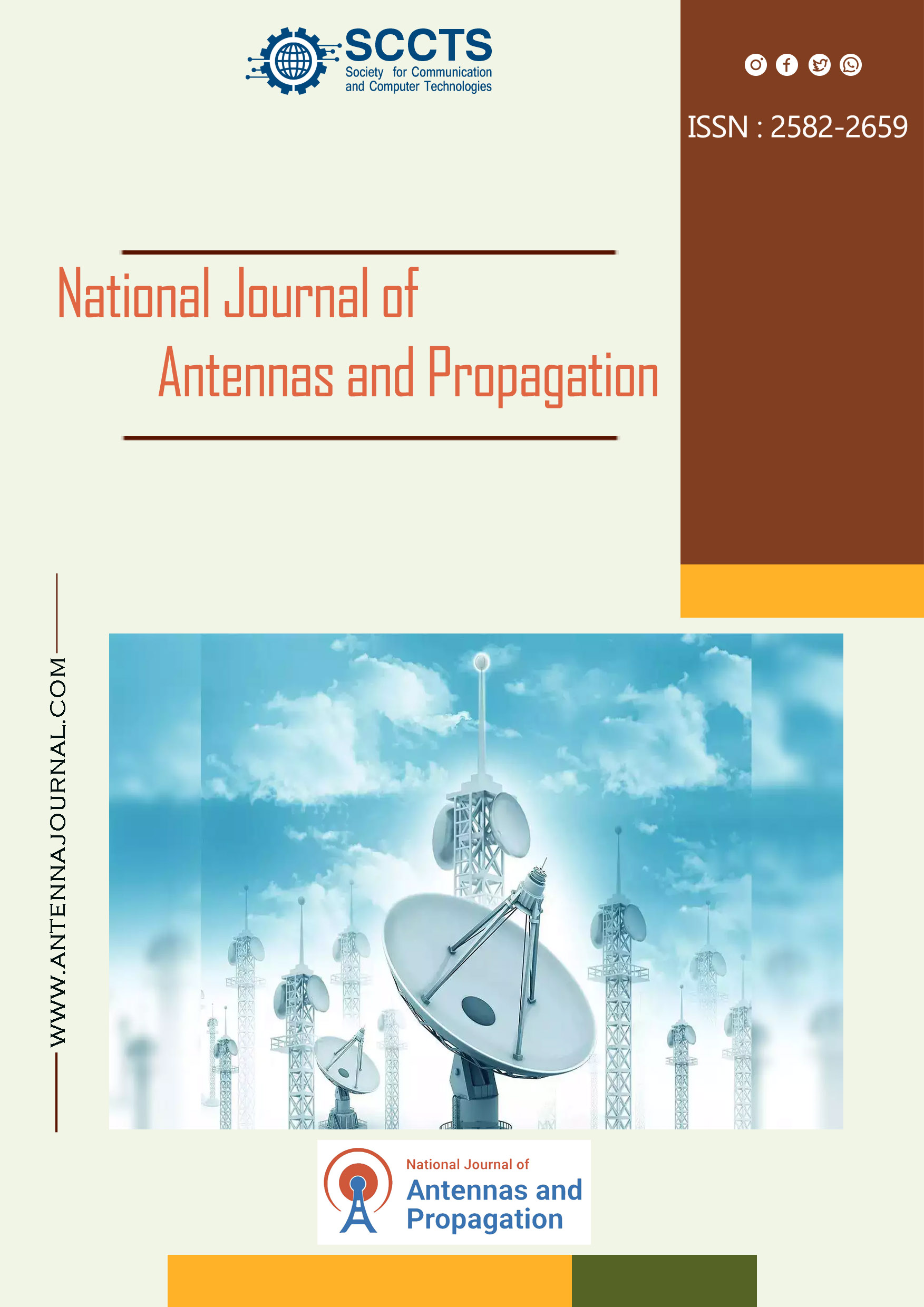Quantum Machine Learning for Secure Key Generation in Wireless Communication: Addressing Limitations of Classical Cryptographic Protocols
DOI:
https://doi.org/10.31838/NJAP/07.01.24Keywords:
Quantum Machine Learning (QML),, Secure Key Generation,, Post-Quantum Cryptography,, Wireless Communication Security,, Quantum Random Number Generation (QRNG),, Reinforcement Learning,, Entropy-Based Protocols,, Quantum Circuit SimulationAbstract
The many forms of wireless communication used these days have created a greater demand for strong and flexible cryptographic methods to protect from new security risks that can happen as quantum computing advances. Diffie-Hellman and RSA approaches have been basic to cryptography, but work on these can now be weakened by attack methods such as Shor’s and Grover’s algorithms following quantum developments which undermines many post-quantum schemes.
In our research, we develop a plan using Quantum Machine Learning (QML) to help ensure the security of future wireless networks. As a result, this design pairs quantum theory with reinforcement learning to create strong keys that cannot be accessed by attackers. Value is drawn from quantum entanglement and random measurements of qubits to create key materials needed for physically unclonable keys and at the same time, reinforcement agents support optimizing agreement policies based on variations detected in the channel.
Simulations were run using Rayleigh fading and multi-SNR using Qiskit and TensorFlow. The system achieved entropy greater than 95%, agreed on important issues more than 98% successfully and brought latency down to just 0.13 seconds, outshining both classical and post-quantum cryptography in performance, flexibility and safety from attacks. Moreover, the presented encryption solution managed to resist hackers, even if the environment was noisy. As a quantum-AI combination, it is well-positioned to serve as a platform to safely communicate over wireless networks. It builds the basis for examining embedded QML hardware versions of IoT, vehicle networks and smart grid communications, since fast security and reliable performance without high delay are required.











